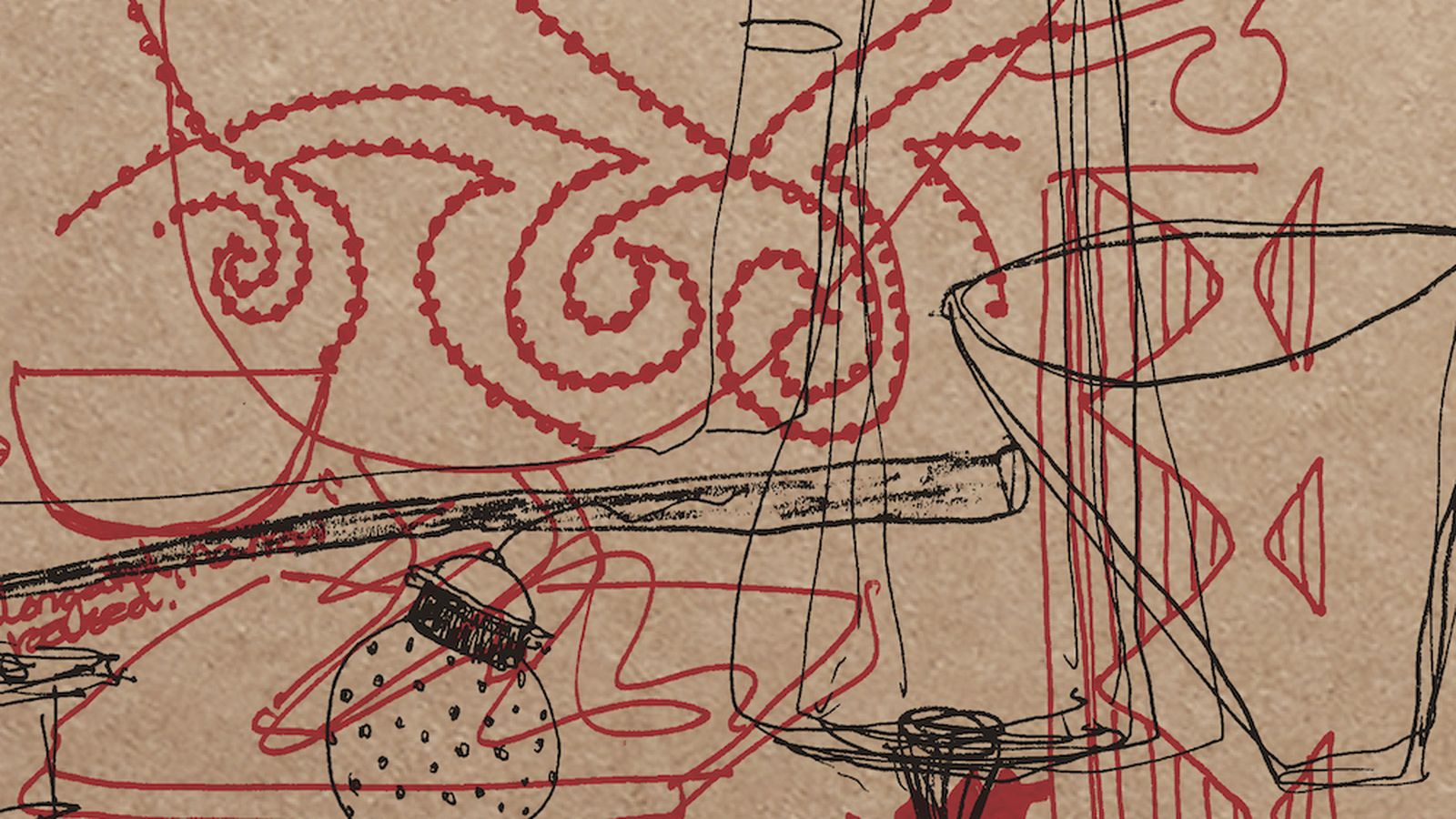Essay: Prue Venables The Australian Context
By Neville French

This is an extract of an essay by ceramicist Neville French, published in the exhibition monograph Living Treasures: Masters of Australian Craft \ Prue Venables, reflecting on the quality and significance of Prue Venables’ work. For the full essay, the book is available to purchase from Object Shop.
Ceramics activity in Australia was diverse in 1989. Prue Venables returned at a time when universities and colleges of advanced education were expanding their programs with the introduction of three- and four-year degree programs and post graduate master’s degrees. Doctoral studies were beginning to be offered at some universities. TAFE institutions had recently been established to provide technical and vocational skills at certificate, associate diploma and diploma level.
As ceramics programs in universities and higher degree programs became increasingly academic, students focused more on clay and ceramic processes as a medium for fine art expression and sculptural concerns. Vessel making was still relevant but trended towards the conceptualisation of the vessels as a non- functional form or function was implied but not practical. There was little critical discourse to assist in the development of utilitarian vessels. Students required considerable time and discipline to master the skills and techniques needed for creating high quality and innovative functional work and staff teaching hours were being reduced. TAFE institutions took on the role of teaching the skills and techniques for utilitarian work but critical discourse was still essential if the achievements of the past were not just to be endlessly repeated.
The Australia Council for the Arts funded state craft organizations such as Craft Victoria to help promote standards of excellence and innovation, and commercial specialist craft galleries showed the work of leading craftspeople.
I was the coordinator of a new ceramic course at The School of Mines Ballarat TAFE when Prue applied for a part-time teaching position. She had outstanding skills and a creative approach to making gained from her education and experience at the Harrow Studio Pottery course in England. The tableware she brought to the interview was high-fired earthenware. The forms were refined with taut contours and meticulous attention to detail and had a cool dignity and lively spring to the forms.
The TAFE ceramics program focused on the making of high quality and innovative tableware and Prue and I began teaching by working together with the students in a studio workshop environment. She had considerable technical skill and knowledge, understood the need for student work to be deeply personal and expressive, and placed great importance on individual research and investigation. She suggested a structure for our teaching that involved students working through a sequence of short projects. Each project had strictly limited parameters and research requirements for size, purpose, surface treatment and firing. Students were required to experiment and explore the techniques within the set limits to discover their own voice.
The history of ceramics, contemporary design, memory and personal experience contributed to the development of individual ideas and work. We demonstrated techniques and made our own work and personal investigations for each project alongside the students. Discussion and critique sessions were vital and as everyone was exploring the same task with the same parameters the shared learning provided a great appreciation of the depth and breadth of possibilities.
Prue, in her search for truth and meaning, gained inspiration from early English industrial ware. She taught us to see the amazing inventiveness and design creativity in some of the best work, work that provided her with starting points for her own explorations.
Neville French has an international reputation as a ceramic artist and educator. His interest in innovative tableware and sculptural vessels, combined with a deep connection to landscape, informs his expressive use of glaze and its relationship to form, tactility, weight and light.
More about Prue Venables
Purchase the book here
